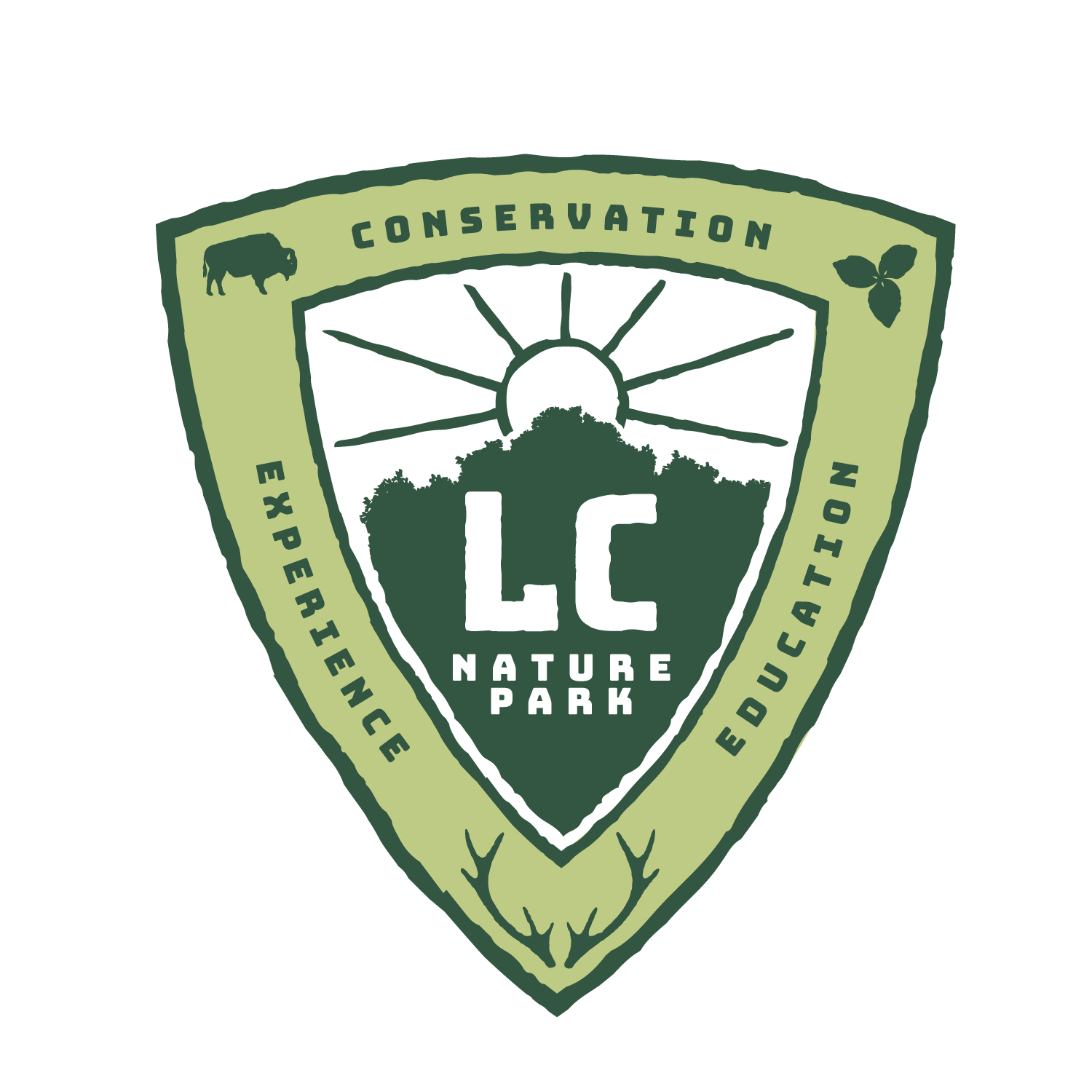Invasive Species
Overview
In this program, we will talk about invasive species and how they are impacting the Park.
We will look at some characteristics that make them so harmful to the environment.
Objectives
To understand some of the characteristics that make these non-native species so harmful outside of their native range.
Vocabulary
Native Species
Invasive Species
Outcompete
Background
The restoration goals for LCNP are to have native organisms dominating the landscape. Native species are species that are thought to have always been in their current location. However, when people started moving around they took some familiar species with them, knowingly or not, plants and seeds that were able to grow and spread in new locations.
The reason this is problematic is that these non-native invasive species don’t have any natural controls and some will overwhelm their new location by outcompeting for resources needed by the native species.
Non-native species have some very specific characteristics that serve to give them important advantages of the native species.
Increased environmental tolerances
Greater production of seeds or eggs
Few predators or diseases to control
Efficient dispersal mechanisms
Longer growing seasons or shorter generations times
Program Outline
This program is designed to highlight some of these characteristics and show how non-native species can be harmful to the environment, native species, and ultimately to humans. The program will also highlight some of what we are doing in the Park to control and remove non-native species like Bush Honeysuckle and Reed Canary Grass.
Activity: Compare and contrast 2 organisms, 1 native and 1 invasive. Draw a picture highlighting the characteristics that may increase the likelihood of the plant’s success. Also, write a paragraph describing what to look for in an invasive species.
